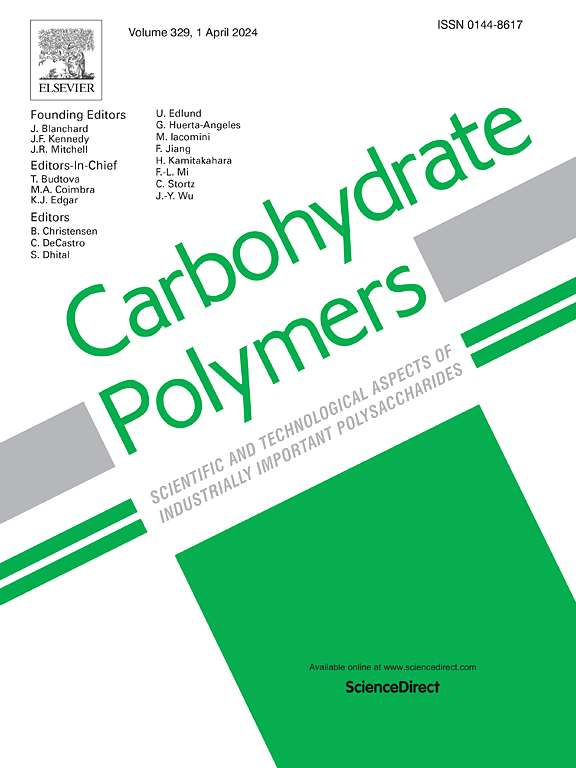Superhydrophobic sponge-like chitosan/CNTs/silica composite for selective oil absorption and efficient separation of water-in-oil emulsion
IF 10.7
1区 化学
Q1 CHEMISTRY, APPLIED
引用次数: 0
Abstract
Developing state-of-the-art materials with durability, superhydrophobicity, and superoleophilicity is essential for effective cleanup of oil spills and the treatment of oily wastewater. In this study, a novel superhydrophobic/superoleophilic chitosan-based composite was created by incorporating carbon nanotubes (CNTs) into a chitosan (CS) matrix and depositing superhydrophobic SiO2 nanoparticles, forming a sponge-like absorbent (SH-SiO2@3CNTs/CS) for selective oil absorption and efficient oil/water separation. The optimal CNTs incorporation was comprehensively investigated to enhance the structural stability and mechanical strength of the chitosan/CNTs/silica composite. The size and loading of in-situ-grown SiO2 nanoparticles on the chitosan/CNTs composite surface were identified as crucial factors in achieving surface superhydrophobicity. The optimized SH-SiO2@3CNTs/CS, with its three-dimensional porous structure, exhibited not only superhydrophobicity and superoleophilicity, but also high chemical stability, excellent resistance to high temperature and friction. Notably, the SH-SiO2@3CNTs/CS composite effectively absorbed oil with a capacity of up to 18.24 times its own weight and selectively separated oil/water mixtures and water-in-oil emulsions, achieving a separation efficiency of exceeding 97 % under vacuum pump conditions. This study not only introduces a novel approach for developing superoleophilic chitosan-based sponge-like composite materials, but also presents a promising strategy for selective oil absorption and efficient separation of water-in-oil emulsions.

求助全文
约1分钟内获得全文
求助全文
来源期刊

Carbohydrate Polymers
化学-高分子科学
CiteScore
22.40
自引率
8.00%
发文量
1286
审稿时长
47 days
期刊介绍:
Carbohydrate Polymers stands as a prominent journal in the glycoscience field, dedicated to exploring and harnessing the potential of polysaccharides with applications spanning bioenergy, bioplastics, biomaterials, biorefining, chemistry, drug delivery, food, health, nanotechnology, packaging, paper, pharmaceuticals, medicine, oil recovery, textiles, tissue engineering, wood, and various aspects of glycoscience.
The journal emphasizes the central role of well-characterized carbohydrate polymers, highlighting their significance as the primary focus rather than a peripheral topic. Each paper must prominently feature at least one named carbohydrate polymer, evident in both citation and title, with a commitment to innovative research that advances scientific knowledge.
文献相关原料
公司名称
产品信息
阿拉丁
Tetraethyl orthosilicate (TEOS)
 求助内容:
求助内容: 应助结果提醒方式:
应助结果提醒方式:


